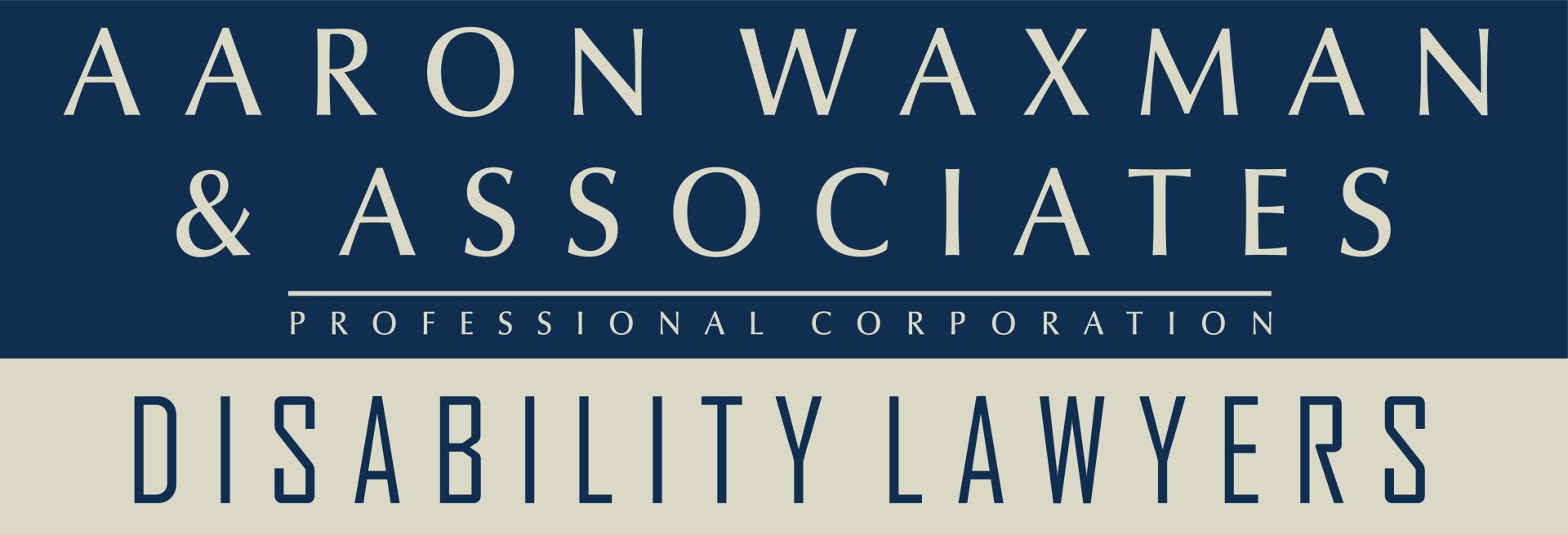How Fault Is Determined in Ontario Car Accident Cases
In Ontario, car accidents are unfortunately common, and determining who is at fault can be a complex process. Fault not only impacts how insurance claims are processed but also influences the compensation you may receive for injuries or property damage. This blog will explore the key factors involved in determining fault in Ontario car accidents and the implications of the province's "no-fault" insurance system.
Understanding Fault in Ontario Car Accidents
Fault in car accidents refers to the responsibility assigned to one or more drivers for causing the collision. Establishing fault is crucial for insurance claims and potential legal action. In Ontario, fault determination follows specific rules outlined by the Insurance Act and the Fault Determination Rules, which provide clear guidelines on assessing liability based on various accident scenarios.
Key Factors Used to Determine Fault
1. Police Reports
Police officers who respond to an accident often provide an impartial account of the incident. Their reports include crucial details such as descriptions of road and weather conditions, observations of vehicle damage and final positions, and statements from drivers and witnesses. A police report can serve as vital evidence when determining fault, as it includes an unbiased perspective on what may have caused the collision.
2. Witness Statements
Eyewitnesses can provide objective accounts of the events leading up to the accident. Witness statements help clarify details that might be contested, such as whether a driver ran a red light or failed to yield. These testimonies can be valuable for insurance adjusters and lawyers when piecing together what happened.
3. Insurance Adjuster Investigations
Insurance companies play a significant role in determining fault. Adjusters assess accident evidence, including photographs of the scene, dashcam or surveillance footage, and damage reports. Their findings are used to assign fault percentages, which influence the compensation a driver may receive for damages.
The Impact of Ontario’s "No-Fault" Insurance System
Ontario operates under a "no-fault" insurance system, which can be confusing for accident victims. Despite the term, "no-fault" does not mean that no one is held accountable for causing the accident. Instead, it means that each driver’s insurance covers their own medical expenses and loss of income, regardless of who caused the crash. Fault still plays a role in determining liability for property damage and certain benefits.
For example, if your car is damaged in an accident, the degree of fault assigned to each driver affects whether you are compensated under your own policy or whether you can seek additional damages from the other party.
Common Misconceptions About Fault and Liability
Myth 1: You Can’t Sue Under a No-Fault System
While the no-fault system simplifies some aspects of compensation, it does not prevent you from suing a negligent driver for serious injuries or pain and suffering.
Myth 2: Fault is Always Split Evenly
Fault is rarely shared equally. Even in cases of partial liability, one driver is often more at fault than the other. The Fault Determination Rules help assign clear percentages of responsibility.
How a Car Accident Lawyer Can Help
Navigating the complexities of fault determination and Ontario’s no-fault system can be overwhelming, especially when dealing with injuries or financial stress. A car accident lawyer can provide expert guidance on the Fault Determination Rules, representation in disputes with insurance companies, and assistance in pursuing additional claims for serious injuries or losses.
How Can Aaron Waxman and Associates, P.C. Help?
At Aaron Waxman and Associates, P.C., we understand the challenges car accident victims face when trying to navigate the legal and insurance processes. Our team provides comprehensive support in understanding your rights under Ontario’s car accident laws, helps with gathering evidence such as police reports and witness statements, and offers representation to ensure fair fault assessments and maximize your compensation.
If you’ve been involved in a car accident and need legal assistance, don’t hesitate to reach out. We’re here to make sure you don’t have to face the process alone.
Conclusion
Determining fault in an Ontario car accident can significantly impact your claim and potential compensation. Understanding how police reports, witness statements, and insurance adjusters influence fault—and how Ontario’s no-fault system works—is essential for protecting your rights.
If you’re dealing with a car accident claim and need experienced legal help, contact Aaron Waxman and Associates, P.C. at 416-661-4878 or awaxman@awaxmanlaw.ca.
We offer a free initial consultation that can be arranged at a date and time of your choosing and at your convenience.
Recent posts from our Knowledge Centre
- This blog is for informational purposes only and is not meant to substitute legal advice. Please read our disclaimer for further information.
- All of our lawyers are licensed by The Law Society of Upper Canada
- Office in Toronto and able to represent people in the province of Ontario










